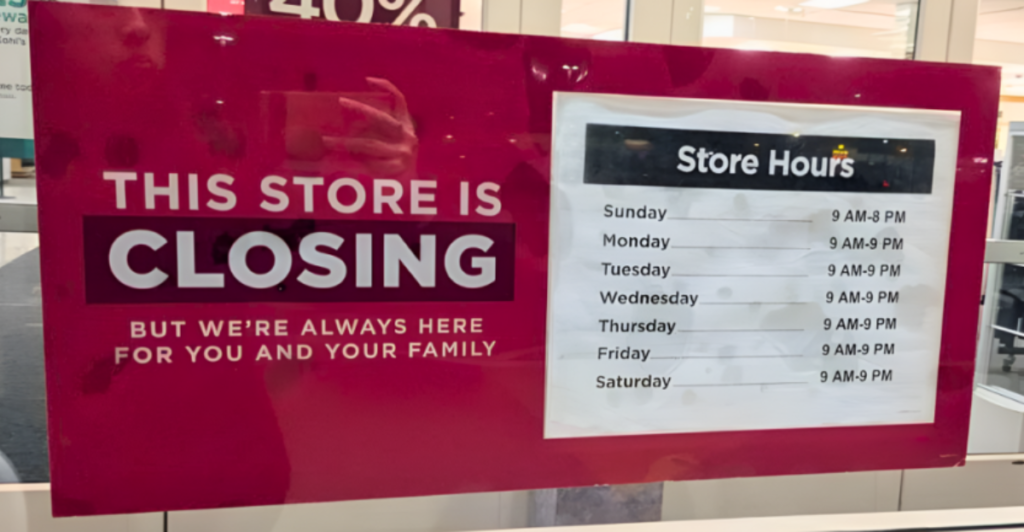
Once a dominant force in American retail, Kohl’s is undergoing a significant transformation in 2025. Amid a rapidly evolving retail landscape, the company has also announced widespread layoffs and closed dozens of stores across the United States.
The changes come as Kohl’s grapples with changing consumer preferences, intensifying competition from online retailers, and broader economic pressures.
The following article separates fact from rumor and outlines why and how these drastic measures are being taken, their effect on employees and shoppers, and what’s next for the beloved department store chain.
Retail Consumer Preferences Shift

Consumer behavior in the retail industry has markedly changed over the past decade. Customers are increasingly choosing convenience and affordability, with a growing preference for online shopping. A 2024 Pew Research Center study found that 76% of U.S. adults shop online regularly, up from 65% in 2019.
This shift has dramatically reduced foot traffic in traditional department stores like Kohl’s. With instant price comparisons, faster delivery options, and the convenience of home shopping, e-commerce platforms dominate consumer spending habits.
The pressure on physical retailers to innovate or scale back has intensified, forcing companies like Kohl’s to reassess their operations.
Online Competition Redefines the Market
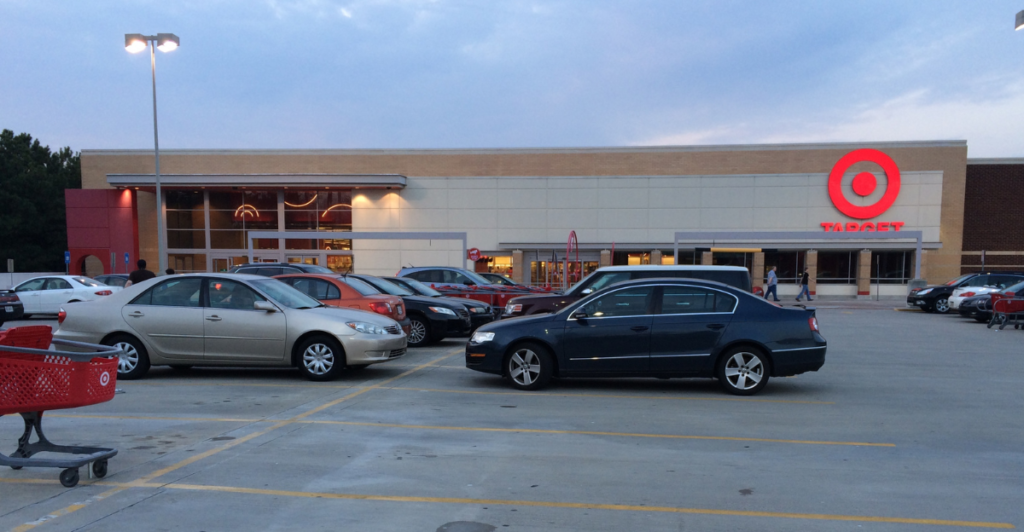
E-commerce giants such as Amazon and Walmart have reshaped the retail competitive landscape. These companies use sophisticated supply chains and vast product selections to offer customers lower prices and greater convenience.
Target, for instance, invested over $5 billion in 2023 alone in digital fulfillment and store upgrades. Kohl’s, in contrast, has struggled to maintain similar growth. While the company attempted to boost its digital footprint through revamped loyalty programs and online exclusives, these efforts have not yielded substantial increases in profitability or customer retention.
Retail analysts note that Kohl’s needs deeper innovation to remain relevant amid digital disruption.
Suburban Success to Struggles
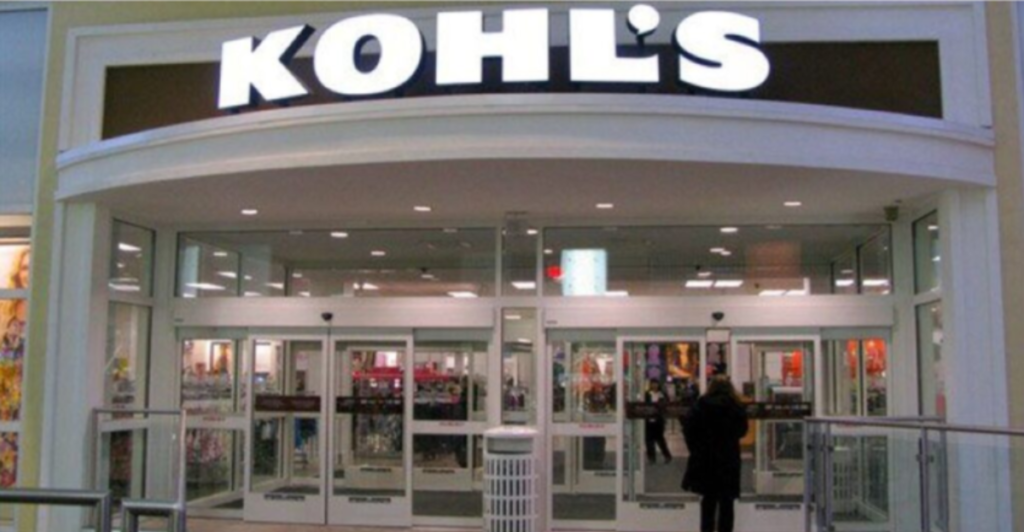
In the early 2000s, Kohl’s rapid expansion into suburban America fueled its rise. The retailer’s off-mall locations and focus on casual wear gave it a competitive edge.
However, as digital marketplaces expanded, the relevance of physical department stores waned. According to the U.S. Census Bureau, online retail accounted for over 20% of all retail sales in 2024, up from just 5% in 2010.
This trend has particularly impacted stores with extensive real estate footprints. Kohl’s suburban success story has been overshadowed by a challenging new era where customer acquisition increasingly takes place online.
Kohl’s Announces Store Closures Nationwide

To address mounting financial strain, Kohl’s announced in early 2025 the closure of 27 underperforming stores in 15 states. Locations include sites in California, Texas, New Jersey, and Illinois.
The closures are scheduled to be completed by April 2025. Company officials cited the need to streamline operations and redirect resources toward higher-performing outlets. While the exact sales data per store remains undisclosed, internal assessments reportedly showed prolonged underperformance and reduced profitability at the affected locations.
Clearance and going-out-of-business sales are set to begin in March, offering customers final shopping opportunities before shutdown.
Job Cuts Affect Corporate Staff
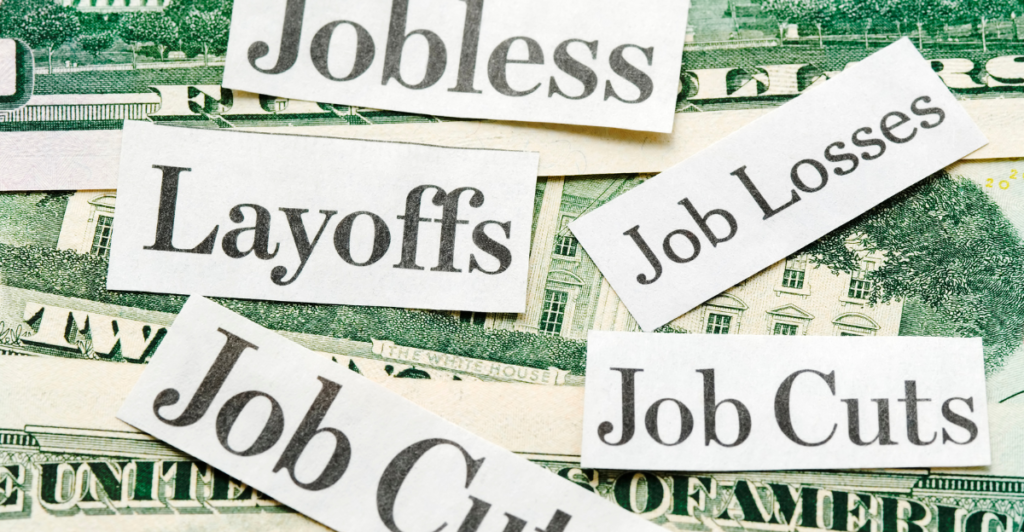
As part of its restructuring, Kohl’s is also reducing its corporate headcount by 10%. The layoffs primarily impact departments such as marketing, logistics, and regional management.
Over half of these cuts involve unfilled positions, while the remainder affect current employees. In a public statement, the company emphasized its intent to improve efficiency and sustain long-term stability.
Job reductions in the retail sector have become increasingly common; a 2024 National Retail Federation report revealed that over 52,000 corporate retail positions were eliminated nationwide due to digital transformation and cost-cutting measures.
Financial Decline Prompts Urgency

Kohl’s financial performance in 2024 underscored the urgency of strategic change. In its fourth-quarter report, the company disclosed a 9.4% year-over-year drop in sales. Total annual revenue also fell by 7.2%, with particularly weak holiday performance exacerbating the decline.
Analysts attribute this to poor inventory management and increased competition during the critical shopping season.
These results forced leadership to make difficult decisions to shore up margins and reassure shareholders. The restructuring is designed to stabilize earnings and preserve the company’s relevance in an evolving market.
Support Measures for Laid-Off Employees

Kohl’s has instituted a severance and support package in response to employee displacement. Affected staff members receive two weeks of severance pay and access to internal job postings.
Additionally, the company is partnering with career transition services to assist workers in finding new employment. Human resources officials have acknowledged layoffs’ emotional and economic toll and say the support plan aims to cushion the impact.
While these actions demonstrate responsibility, critics argue that broader systemic changes are needed to protect retail workers from volatility.
End of the Amazon Partnership
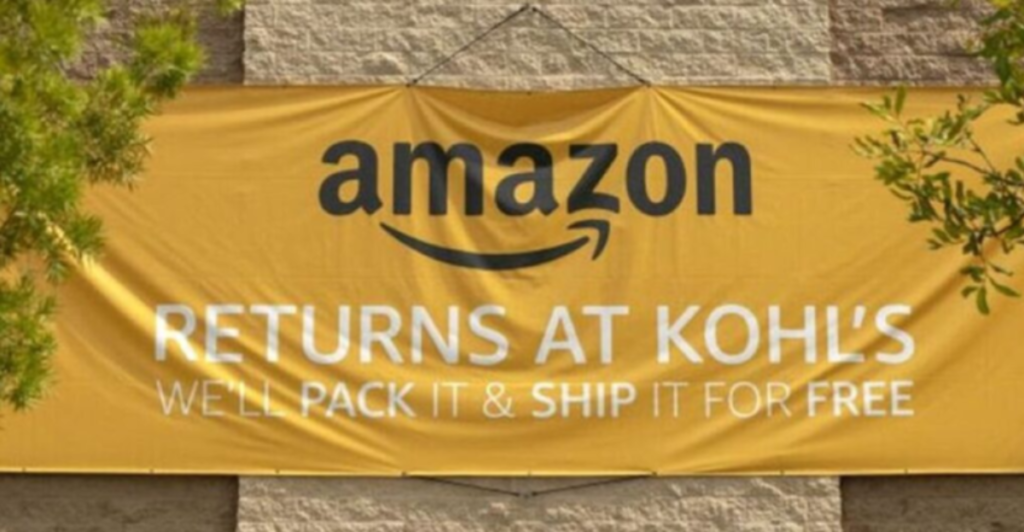
Kohl’s and Amazon partnered in 2019 to accept Amazon returns in Kohl’s stores, a move that initially increased foot traffic.
However, in 2025, Kohl’s announced it would phase out this service at select locations. The company said the initiative no longer aligned with its core strategic goals.
Although the program drove traffic, internal metrics reportedly showed it did not result in increased purchases or long-term customer retention. Retail experts suggest that Kohl’s aims to focus on its product offerings and customer experience.
Industry-Wide Retail Contraction
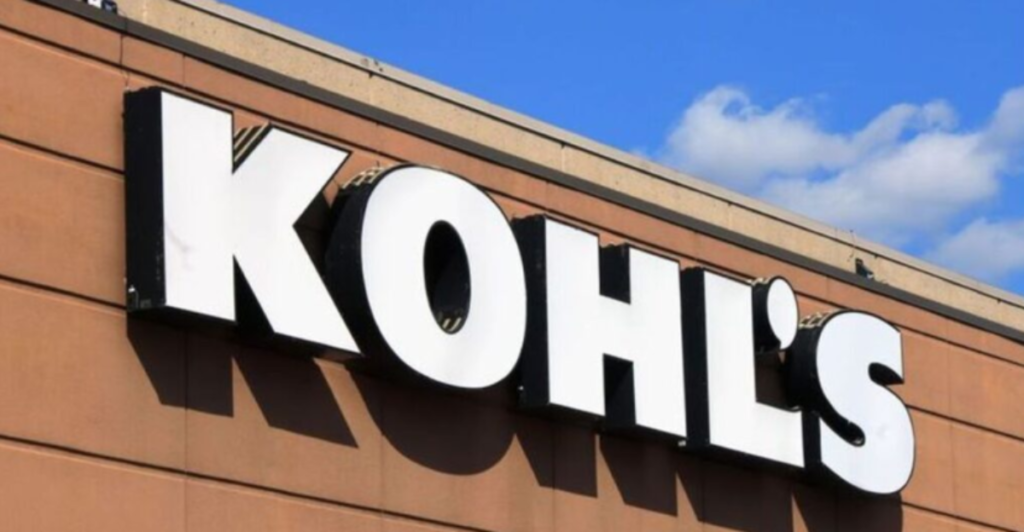
Kohl’s challenges mirror a larger contraction in the U.S. retail industry. In 2024, over 7,300 retail stores shut down nationwide, a 57% increase from the previous year, according to market research firm Coresight.
Many closures stemmed from inflation, labor costs, and declining foot traffic. Retailers like Bed Bath & Beyond and Party City also declared bankruptcy or downsized operations. These developments reflect a sector grappling with seismic changes.
Legacy brands must now innovate rapidly or risk obsolescence in an economy shaped by digital-first preferences and macroeconomic volatility.
Pressures of Inflation and Consumer Spending

Inflation has been critical in reshaping consumer behavior and squeezing retailer margins. The U.S. Bureau of Labor Statistics reported a 4.1% inflation rate in 2024, down from the pandemic peak but still above historical norms.
As essential prices rise, consumers are more selective about discretionary purchases, including apparel. Kohl’s, with its focus on middle-income shoppers, has felt this acutely.
In response, the company has explored offering deeper discounts and more private-label brands to retain value-conscious customers. However, inflation remains a persistent concern in shaping future strategy.
Shrinking Middle-Class Spending Power

The shrinking spending power of the American middle class is also influencing Kohl’s struggles. A 2024 Brookings Institution report showed that middle-income households spend a smaller percentage of their income on non-essentials than in the previous decade.
This trend affects retailers like Kohl’s, which rely heavily on clothing and home goods sales. Declining discretionary spending, combined with high competition, creates a challenging environment.
To adapt, Kohl’s may need to redefine its product offerings or pricing strategies further to align with shifting demographics and economic realities.
Real Estate and Operational Costs

Physical retail locations have substantial costs, including rent, utilities, and staffing, making them vulnerable in periods of low revenue. Kohl’s operates over 1,100 stores nationwide, and maintaining these spaces contributes significantly to overhead expenses.
As consumer demand shifts online, large-format stores risk becoming financial liabilities. Real estate firm CBRE estimates retail rent prices will rise 2.6% nationally in 2024.
Kohl’s store closures and consolidation efforts reflect a broader push to optimize footprint and reduce costs while focusing on more profitable markets.
New Retail Models Emerge

Many retailers are adopting new business models in response to shifting market dynamics. Smaller-format stores, showroom-style experiences, and app-integrated shopping are becoming more prevalent.
Kohl’s has expressed interest in experimenting with smaller stores in urban areas to reduce costs and appeal to younger demographics. Such initiatives align with trends set by competitors like Nordstrom Local and Target’s urban concept stores.
Industry analysts believe Kohl’s success will depend on its ability to pivot swiftly and invest in agile retail strategies.
Brand Reinvention and Private Labels

Kohl’s has historically relied on brand-name merchandise but now increasingly emphasizes exclusive and private-label products.
Brands such as Sonoma Goods for Life and LC Lauren Conrad offer higher margins and unique inventory. Kohl’s focuses on in-house labels to differentiate itself and build brand loyalty.
This strategy also allows for more pricing control in an inflationary environment. Retail consultants note that private labels can enhance profitability if marketed effectively and aligned with consumer trends.
Digital Innovation and E-Commerce Expansion

To remain competitive, Kohl’s is investing in its digital platforms. The retailer has upgraded its app and online storefront, offering better navigation, more payment options, and faster shipping.
In 2024, Kohl’s e-commerce revenue increased modestly by 3.5%, indicating some traction. The company has also expanded curbside pickup and returns, mirroring offerings by larger rivals.
These efforts signal a shift toward a more digitally integrated retail model, necessary to survive in today’s environment.
Customer Experience as a Priority

Amid changes, Kohl’s leadership continues to emphasize customer experience as central to its revival. In-store improvements include refreshed layouts, updated fitting rooms, and better customer service training.
Surveys conducted by the National Retail Federation in 2024 found that 62% of shoppers prioritize experience over product when choosing a retailer. Kohl’s responds to this need with enhanced loyalty programs and targeted promotions.
Success will depend on whether these changes resonate with a customer base increasingly accustomed to personalized, omnichannel retailing.
Employee Perspectives and Morale

Employee morale remains a complex issue inside the company. While support initiatives exist, uncertainty around job security and career paths has created anxiety.
According to a 2025 Glassdoor survey, Kohl’s employee satisfaction dropped 12% yearly. Some staff cite positive customer interactions as a reason to stay, while others express concern over leadership direction.
Addressing employee engagement may be critical for Kohl’s recovery, as motivated staff can significantly impact customer satisfaction and operational performance.
Long-Term Outlook for Kohl’s

Kohl’s future hinges on its ability to adapt effectively. Analysts are divided: some believe the company can rebound through focused restructuring, while others remain skeptical due to stiff competition and persistent macroeconomic headwinds.
Strategic initiatives under review include store downsizing, new partnerships, and technology investments. The following two fiscal years will determine whether Kohl’s can regain market share or face further contraction.
Retail at a Crossroads

Kohl’s transformation is emblematic of broader shifts within American retail. The convergence of digital innovation, economic pressure, and changing demographics demands a new playbook. As retailers nationwide navigate these changes, Kohl’s journey will be closely watched.
For consumers, it means new ways to shop; for employees, it is a call for adaptability. Whether Kohl’s emerges stronger or smaller, its story highlights the ongoing evolution of how America shops.
